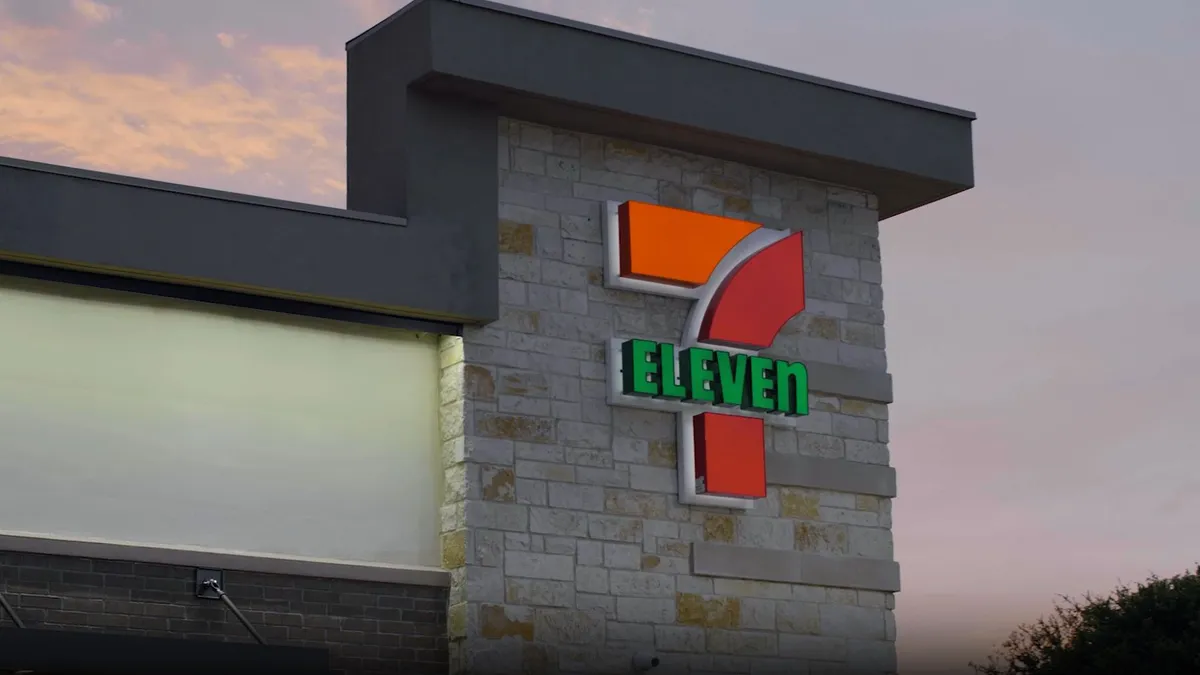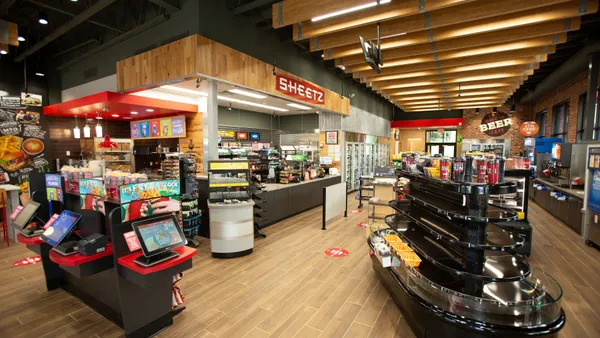Inflation has been driving customers to consider cheaper products in 2022, which has opened up new opportunities for private label brands in convenience stores.
From 2019 to 2022, there was a notable jump in both shoppers looking for lower prices and those selecting locations for specific products, according to a recent webinar hosted by the National Association of Convenience Stores (NACS). The number of price-conscious shoppers grew more than 10 percentage points, while those seeking particular products increased by 9 percentage points.
But as more c-stores begin expanding their private label options, it’s important to be methodical. Retailers need to build strong, memorable products that earn customer loyalty to truly take advantage of these trends, Rebecca Kozerski, director of NielsenIQ’s consumer intelligence platform, Bases, said during the webinar.
“Private label is behaving a lot differently today than it used to in the past,” Kozerski said. “Now there’s much more features being offered by private labels and they’re acting much closer to those national brands.”
So far, 2022 has been a strong year for c-store private label brands. They made up 8.7% of convenience store sales in the first three quarters of 2022 even though they’re only 6% of shelved items, IRI reported in November.
Experts think the inflationary conditions that helped drive private-label success in 2022 could last into 2023. Kozerski added that about 40% of customers say they’re brand agnostic, meaning they may be more willing to try private labels.
“The vast majority of customers … are changing the way they’re shopping in order to save expenses,” Kozerski said. “And about a fifth of them are saying that they will opt for private label as a grocery-saving strategy.”
Finding the right products to target is also important, experts say, and some larger c-store chains have built up a variety of private-label items. Casey’s General Stores, which launched its private label line in January of 2021 now has over 280 branded items across 25-plus categories.
“Casey’s goal was to always develop national brand equivalents (NBE) to some of the best-selling items in each category,” Dana Sump, director of private brands at Casey’s, wrote in an email. “We have since expanded our efforts with limited-time offers in categories such as potato chips, packaged bakery and bagged candy.”
Sump wrote that the Casey’s-branded items are now “featured prominently” across its footprint, and that as 2023 approaches, the company “[continues] to look for opportunities where we can provide our guests with excellent quality, equal to or better than the national brands, at a great value.”

But many stores may want to start smaller, with limited, targeted options. And some categories look more ripe for private label than others.
“A few of these jump out at us,” said JJ Tellez, client director of retail account development for NielsenIQ. “Packaged beverages, salty snacks, alternative snacks [are] just showing a bit more headroom.”
Looking further into that data, Tellez highlighted water in the packaged beverages category, nuts and seeds in the salty snacks category and trail mix in the alternative snacking category as private label products consumers may buy more often — and a decent starting point for retailers entering the category.
The vital role of private label marketing
Kozerski said that while private label lines may be cheaper, companies developing them should keep customers’ needs in mind instead of just focusing on the price point.
“Not only do consumers come to buy private label and expect affordability, they also are expecting quality,” she said. “They also know they can get product innovation. … and they’re excited about trying something new.”
Over the last 14 months, innovation has lagged for national brands, according to NeilsenIQ’s data. This has left the door open for private labels, some of which have been actually growing their innovative offerings by featuring new formats and new flavors, she said.
She also noted the importance of making sure the product design doesn’t get stuck in the past.
“If you think back to the private label of decades ago, it really was that basic value offering,” Kozerski said. “It was very clear what it was — it was boring, maybe a little bit of a cold packaging.”
But now, private brands are beginning to look unique when compared to the national competitors. They’re also communicating what sets them apart, such as flavor innovations, which can be especially good to put on the packaging.
“The packaging holds all the power to tell that story and stand on its own,” she said.
Kozerski said that brands should not only expect the packaging to tell their customers what the product is and how it is different from the competition, but also it should be visually distinct and recognizable.
“Even if you think of that morning coffee … or the dispenser of gum that’s sitting in their cupholder, packaging can really work hard with those cues to create that reinforcement so that the next time the customer is going in the store, they’re looking for that product,” she said.
Kozerski suggested picking one bold element to work into the branding. For example, Casey’s store brand items all shared a bold outline of a roof with a weather vane.
Once the product is designed, it’s time to pick the right price tag. Here, it’s important to remember that the point is not to just go as low as possible.
“What is the optimal price gap?” Tellez asked. “A gap too narrow is going to add little value. … a gap too broad in the positioning is just going to reduce the perception of quality.”
The final point for c-store operators to consider is where to place their products in relation to the national brands. While it’s tempting to put them right next to the big players, that may not always be the ideal location.
“That can be a double-edged sword sometimes,” said Kozerski. “There’s a lot of focus and attention there, but if you’re the brand right next to that, you can actually act as a border and just create more focus on the national brand.”




















